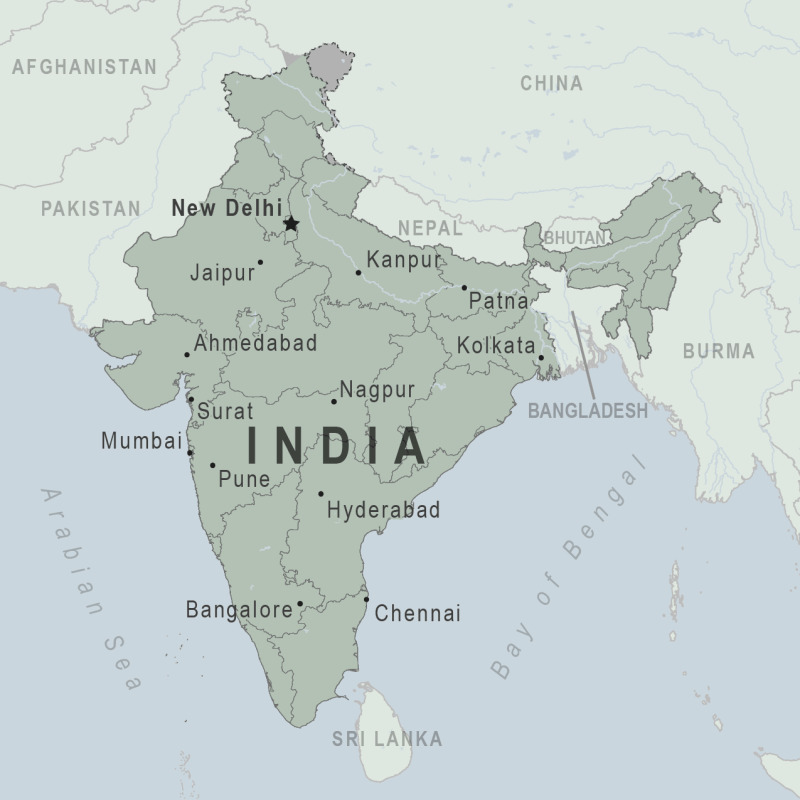
“trade Risk Insurance In European Markets: Supporting Global Commerce” – The Markets in Financial Instruments Directive (MiFID) is a European regulation that increases the transparency of financial markets in the European Union and harmonizes the disclosure of regulatory information required for companies operating in the European Union.
MiFID introduced new measures such as pre- and post-trade transparency requirements and defined standards of conduct that financial firms must adhere to. MiFID has a defined scope that focuses primarily on equities. The directive was developed in 2004 and has been valid throughout the European Union (EU) since 2007. MiFID was replaced by MiFID II in 2018.
“trade Risk Insurance In European Markets: Supporting Global Commerce”
:max_bytes(150000):strip_icc()/spx-options-vs-spy-options-2536632_FINAL-373aff7ac7a4466fb960167585e53c51.png?strip=all)
The aim of MiFID is for all EU members to share a single, strong regulatory framework that protects investors. MiFID came into force a year before the financial crisis in 2008, but changes were made in connection with the crisis developed in MiFID II. The problem with the original proposals was that the regulatory approach to dealing with countries outside the European Union was left to each member state. This meant that some non-EU companies could have a competitive advantage over EU-based companies due to easier regulatory oversight.
Risk Management System
This issue was addressed through MiFID II, which came into effect in January 2018 and harmonized the rules for all firms with EU clients. MiFID focuses mainly on equities, which was seen as restrictive as it did not cover the large number of financial products available on the market, such as OTC derivatives.
OTC transactions take place between two parties regardless of who acts as supervisor. The result was less regulatory oversight and much less transparency for OTC trading parties. The implementation of MiFID II brought many more financial products under its purview. The Markets in Financial Instruments Regulation (MiFIR), together with MiFID and MiFID II, act as a regulation rather than a directive to extend codes of practice to other types of assets such as equities.
One of the key aspects of MiFID is the classification of clients into specific client types. There are three types of customers: professional customers, retail customers and authorized parties. The purpose of the classifications is that regulatory protection of clients reflects the different degree of risk for each type of client.
The idea is that different types of customers or investors have different levels of financial literacy and therefore should be offered different protections when dealing with a financial institution such as a bank. Authorized parties are afforded the least protection and retail customers the most.
Protectionism, Pandemic, War, And The Future Of Trade
Depending on the type of customer, different levels of information are shared with the customer, which are necessary both to understand the specific risks of the transaction and to understand the general explanations and details of the transaction.
The Markets in Financial Instruments Directive is just one part of a series of EU-wide regulatory changes affecting the compliance departments of all financial companies, such as insurance companies, investment fund providers and banks that operate there. Along with other regulatory initiatives such as the General Data Protection Regulation (GDPR) and MiFIR, the EU is promoting its vision of a transparent market with clear rights and protections for EU citizens.
As with any regulatory framework, many of the rules are additions to existing rules, such as conflict of interest disclosure requirements. However, some best practices, such as the appointment of a single officer to protect the interests of clients within the company, are now clear requirements for companies wishing to enter the EU market.

In 2018, the European Commission presented a revised directive called MiFID II. The amended directive, which was first proposed in 2012, aimed to restore confidence in the markets after the 2008 market crash.
Delta Hedging: Definition, How It Works, And Example
While MiFID was limited to equity securities, MiFID II extended the requirements to issuers of all types of securities, including debt securities, derivatives and structured instruments. The new regulation increased transparency and reporting requirements for securities transactions, reducing the use of blind pools and OTC trading. It also extended investor protection to all types of securities transactions, regardless of whether the investor was located in or outside the European Union.
For banks that have provided asset management or investment services, MiFID II requires financial instruments to be traded only on multilateral and regulated trading platforms or on platforms that meet OTC transparency requirements. These rules are designed to protect investors and prevent securities trading.
MiFID II strengthened the transparency and reporting requirements under the old MiFID regulation. One of the main changes is the broadening of its scope: while MiFID mainly applies to capital markets, MiFID II applies to all types of securities and derivatives.
After the United Kingdom left the European Union, the two economies had two broadly similar regulatory regimes, although they lost the ability to trade easily with each other. This meant that UK companies lost their license to provide financial services to EU customers and vice versa. It also created dual reporting requirements for both areas.
Europe Markets Open To Close With Earnings, Central Banks In Focus
MiFID, or the Markets in Financial Instruments Directive, was a set of European rules governing the European Union’s stock markets. It aimed to increase transparency and reporting requirements to protect European investors. These regulations were replaced in 2018 by the revised MiFID II regulation.
Requires authors to use primary sources to support their work. These include white papers, government data, original reports and interviews with experts in the field. Where appropriate, we also include original research from other reputable publishers. For more information about our standards for creating accurate and unbiased content, please see our Editorial Guidelines. Delta hedging is an options trading strategy that aims to reduce or hedge the directional risk associated with changes in the prices of the underlying asset. This approach uses options to hedge the risk of holding another option or an entire portfolio of holdings. The investor tries to achieve a neutral delta state and not have a hedging position.
The most basic type of delta hedging involves an investor buying or selling options and then offsetting the delta risk by buying or selling an equivalent amount of stocks or shares of an exchange-traded fund (ETF). Investors may wish to offset their risk of switching to the underlying option or stock using delta hedging strategies.

Advanced option strategies attempt to trade volatility using delta neutral trading strategies. Since delta hedging attempts to neutralize or reduce the change in the option price relative to the asset price, it requires constant reevaluation of the hedging instruments. Delta hedging is a sophisticated strategy used primarily by institutional traders and investment banks.
The Future Of Insurance Europe 2023
Delta shows the change in the value of the option in relation to the movement of the market price of the underlying asset. Hedging instruments are investments – usually options – that are made to offset the risk associated with an asset.
Delta is the ratio between the change in the price of the option contract and the corresponding movement in the value of the underlying asset. Therefore, if the delta of an option on XYZ stock is 0.45, if the market price of the underlying stock increases by $1 per share, the value of the option will increase by $0.45 per share, all else being equal.
Assume that the underlying options discussed are stocks. Traders want to know an option’s delta because it can tell them how much the option’s value or premium will rise or fall as the stock price moves. The theoretical change in premium for each basis point or $1 change in the price of the underlying asset is the delta, while the relationship between the two movements is the hedging ratio.
The delta of a call option is between zero and one, while the delta of a put option is between negative one and zero. A put option with a delta of -0.50 is expected to increase in price by 50 cents if the underlying falls by $1. The reverse is also true. For example, a call option with a hedge ratio of 0.40 increases in price by 40% of the stock price movement if the price of the underlying stock increases by $1.
Economics & Country Risk Research And Analysis
A put option with a delta of -0.50 is considered in-the-money, meaning that the exercise price of the option is equal to the price of the underlying stock. In contrast, a call option with a delta of 0.50 is equal to the share price.
An option position can be hedged with options that have the opposite delta to the current options to maintain a delta-neutral position. A neutral delta position is a position where the total delta is zero, which minimizes changes in the option price relative to the underlying.
For example, suppose an investor has a call option with a delta of 0.50, indicating that the option is in the money and wants to maintain a delta-neutral position. An investor can buy a put option with a delta of -0.50 to offset the positive delta, making the delta position zero.

Delta-gamma grounding is closely related to delta grounding. It is an option strategy that combines delta and gamma risks to reduce the risk of changes
The State Of European Insurtech 2021
Global trade and commerce, global trade markets, trade risk insurance, trends in global trade, risk management in capital markets, trade credit risk insurance, investing in global markets, global risk insurance, global golf trade in, risk in emerging markets, risk in e commerce, trade in foreign markets





